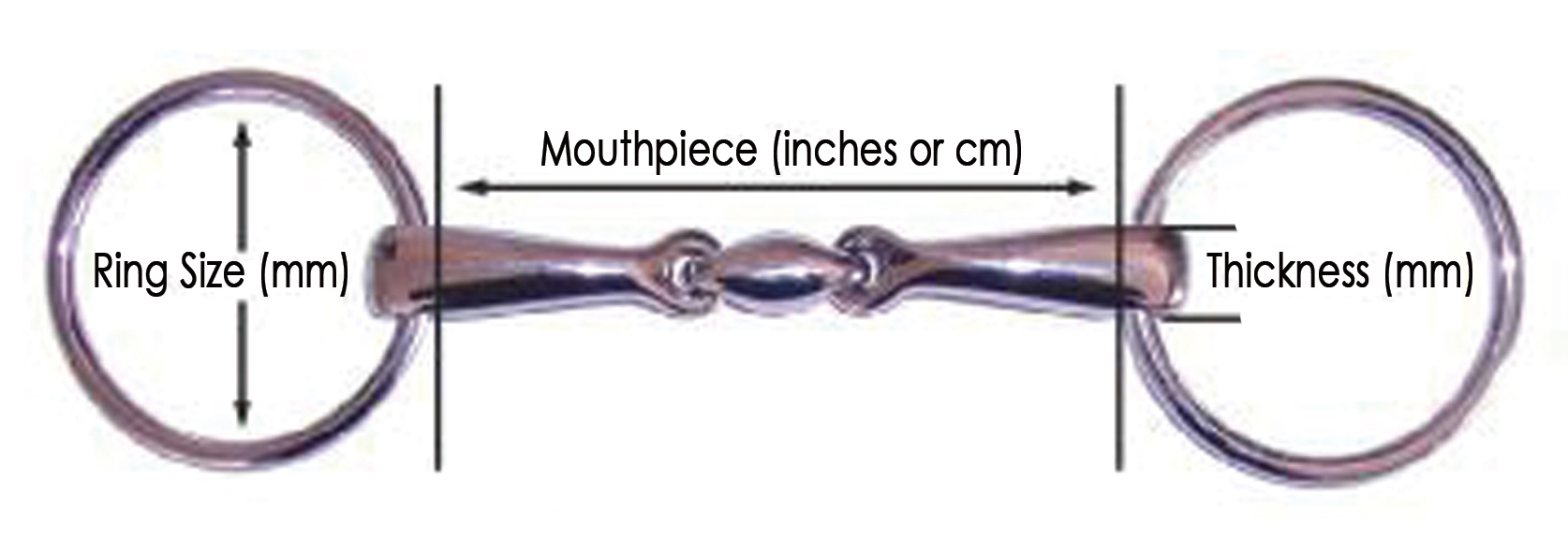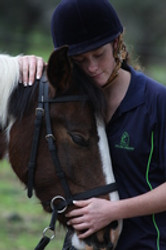So, you're buying a new horse?
Posted by Anita Marchesani on Sep 01, 2014
I've been inspired to write this blog post by another blog that I shared recently, from poloponyrescue.com in the USA. It's a humorous- but very telling- article, and you can read it here if you want.
This won't be as humorous, but hopefully at last a little bit helpful when you are next in that exciting moment of about to bring home your new horse. Whether it's your first horse, or you've owned hundreds, these tips should help make his transition to his new home just a little bit easier for you both.
1. Know what bit your new horse has been recently ridden in and why.
This is an easy one- take a look at the bridle when the owner is tacking up when you are there to inspect and ride the horse, and ask a few questions around what the bit is and why they are using it currently. See for your self how the horse responds to rein pressure when the owner is riding for you, and then feel for yourself when you get on. Is his reaction to you picking up the reins to brace against you, or to soften? Does he follow the bit when you let the reins out and stretch?
Is the bit being used something a little out of the ordinary? Maybe it's really, really thin, it's ported, it's a leverage bit, or bitless? Be sure to ask the questions as to WHY that bitting choice was being used. If it's not something to your liking, think long and hard about their reasons and consider if you are potentially up to the task of reschooling into something you have more of a preference to.
For example, don't go and try a pony for your child for pony club that was previously used for speed and jumping events in a pelham and expect your 5 year old to be immediately safe and in control in a simple snaffle when you get home. I'm not saying they won't be, but the level of power applied in a pelham (even with roundings) is a LOT stronger than a snaffle.
If you are buying a horse that was shown to you in a double bridle, and is always ridden in a double bridle but is only schooling at Prelim dressage level- then be prepared for a LOT of reschooling. I doubt that that horse understands the rein aids correctly, let alone will sit steadily into a contact in a simple snaffle.
If your potential new horse is always ridden bitless, and you want to compete in dressage, then consider that there may be a reason for the bitless bridle, or at least a period of reschooling possibly required.
Look at the bridle and reins being used, and again if they are unfamiliar, ask why.
Ask questions. Knowledge is power. :)
2. Ask to see or get a copy of your new horse's last dental treatment records.
It's useful to be able to show your dentist the records, so he can see a little bit of your new horse's history, but will also confirm the actual treatment dates for your peace of mind as well.
3. Ask the seller to accurately measure the bit size.
Using the diagram below, ask the seller to measure the bit that they are currently using on the horse, unless they are selling this to you with the horse. It makes it easier for you to be sure you are at least purchasing the correct size when getting ready to bring him home.

4. Keep it simple.
If at all possible, even if you have your own bitting preferences, try and use the same of very similar bit to what the horse was in previously when you get him home. It's one less change that he needs to adjust to. Use it as your "baseline", and only consider changing out of it after a few weeks of settling in if you have to. A good manager always assesses the "why" of a situation before barging in and making wholesale changes.
5. Consider the whole picture.
Remember, while you might have been planning and preparing for his arrival for weeks, your horse didn't know he was about to be uprooted and moved and everything he knew and understood changed. Be aware that some horses will adjust quicker than others, and any behavioral issues under saddle may not be necessarily solved by increasing control with a stronger bit.
Think in terms of changes in his feed, workload, turnout, access to other horses, your attitude compared with his previous owners. If you are a beginner, and he is your first horse (or a first pony for a child) then I strongly recommend you have a more experienced rider school and work the horse once a week as well, as you learn. For me, this is particularly important with ponies and child riders- it's common practice in the UK, but does not seem to be here, which is a great shame.
 AUD
AUD  New Zealand Dollars
New Zealand Dollars
 US Dollar
US Dollar

